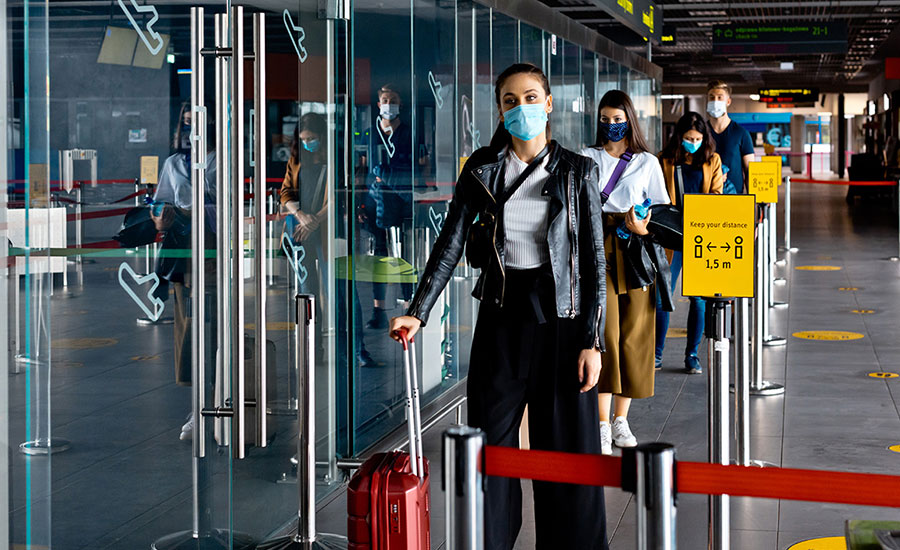As the country emerges from what we all hope has been the worst of the COVID-19 pandemic, many of us will again regularly get to stand in the line we all love to hate: the TSA security check. We all know it’s a friction-filled, long, slow, inefficient process, but have you ever paused to wonder why it’s so bad? The answer is simple: trust — or rather, the lack thereof.
It’s a situation that author Steven M.R. Covey examines in his book The Speed of Trust. In a high-stakes situation like airport security, trust is in short supply. Quite the opposite, in fact! Every traveler is deemed a security risk until proven otherwise. Some 50,000 TSA agents spend millions of staff hours each year manually checking each passenger. The friction is absolutely by design — inefficiencies are baked into TSA’s processes.
While the stakes aren’t nearly so life-and-death in the restoration industry, I believe we can draw plenty of lessons from Covey’s point. Many companies, including my own, work to reduce friction between contractors and carriers to speed up cycle times, lower costs (rework and inefficiency adds up, after all), and ultimately improve the quality of each job that’s performed. We’re a tech company, so our work is focused on improving efficiency through innovation and smart automation.
Even the TSA eventually innovated, improving their screening process with programs that decrease friction through improved trust. Travelers approved through TSA Pre-Check and CLEAR can avoid the long and tedious general security lines, instead passing through trusted traveler portals. (If you have not experienced the expedited screening now available at most airports, I highly encourage you to check into your options!).
Similarly, my company works to advance frictionless claims through automated rules and guideline engines with a realistic target result of more than 75% of claims flowing from estimate submission through to payment queue without the need for human intervention. As a restoration professional, imagine if your work was standardized and submitted in such a way that three-quarters of the claims you work on were approved and paid automatically. What would that do for your cashflow? How much of your mental resources would that free up to spend on improving your business or helping your customers get back to whole following a disaster?
We often speak of the complexity of property restoration and claims workflows as compared to the automobile repair industry. Residential and commercial buildings don’t come with VINs and every structure is said to be unique is some way. Pound-for-pound, this makes it much more difficult to scope, estimate, and restore a property after a loss event versus repairing a damaged vehicle after an accident. However, if we shift focus to similarities, we see that a large portion of the property restoration workflow can actually be standardized. Impartial written standards like the IICRC S500 lay the foundation for the proper standard of care in water mitigation claims; and carrier guidelines are written to standardize how their managed repair programs restore policyholders help. There are also industry best practices like after-hours emergency service charges, overhead and profit rates, and protective level of care requirements based on water category and class. And where standards can be applied, we can typically automate with a significant increase in speed, accuracy, consistency, and overall efficiency — freeing up premium expert resources to review, discuss, and resolve the inevitable non-standard issues.
At its heart, it’s a simple equation: High trust equates to lower friction; lower friction equates to lower costs, faster completion, and better allocation of expert resources. Ultimately, all participants in the restoration response chain should be aligned in getting the property owner back up and running again in the fastest and most fair way, assisted by the trust and peace of mind that well-constructed automation provides.

